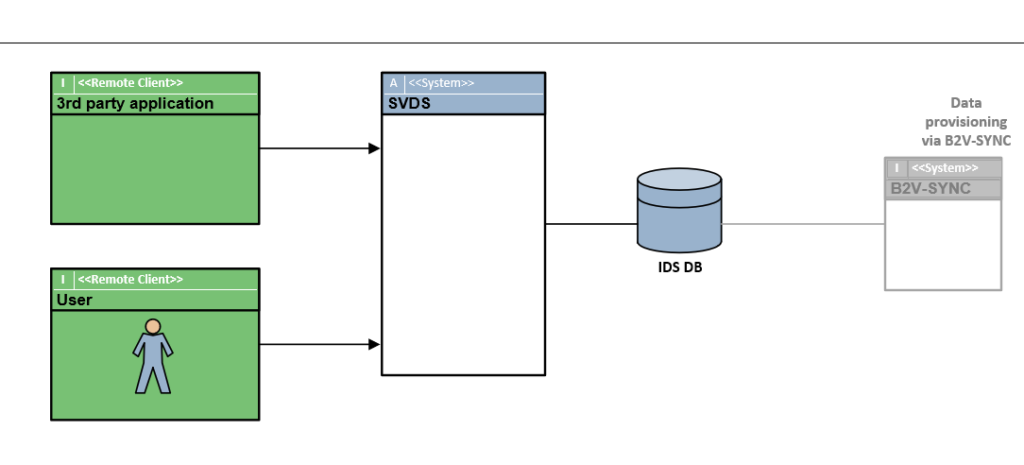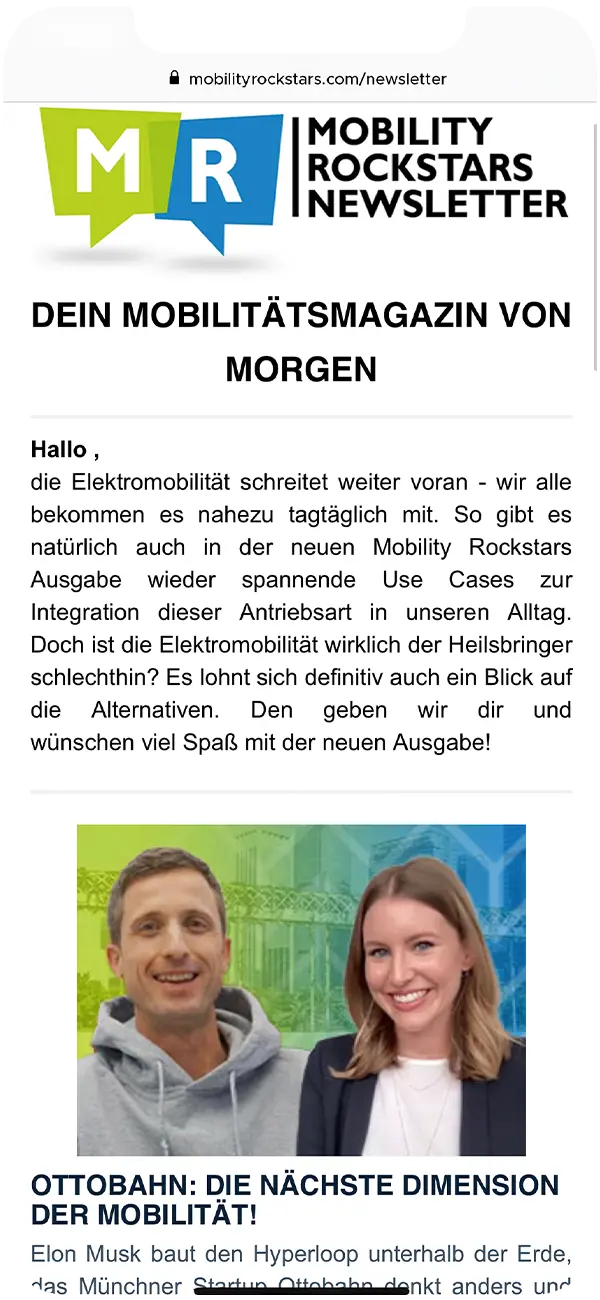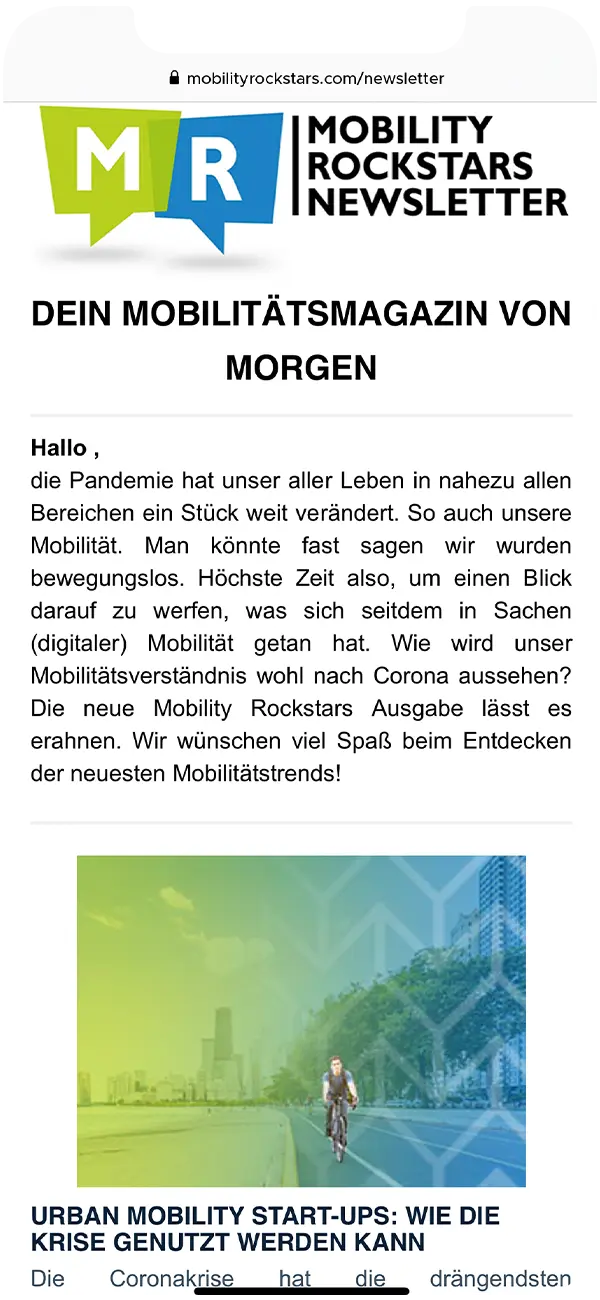Identity Storage (IDS) – Manage vehicle data centrally
An Identity Storage, usually abbreviated as "IDS", is a cloud-based system to centrally store vehicle, contract and dealer data and make it available for retrieval. And that is necessary, because the automotive landscape is by its very nature an industry in search of solutions. Solutions for manufacturers, for users and for suppliers. As automotive progress accelerates, so do the number of solutions. This bouquet of possibilities quickly results in a certain disorder, which is certainly one of the important tasks of the digital transformation, which also and especially does not stop at the automotive industry. This is where identity storage comes into play, with Cognizant Mobility and its cloud IT team led by Vera Yordanova playing a key role.

Vera
Cloud IT Professional
19.10.21
Ca. 8 min
What exactly is Identity Storage?
That the car is a miracle of connectivity these days is beyond question. A myriad of options are available in the vehicle for the modern driver: various remote services from the door to the automatically opening trunk, vehicle finder, entertainment systems, concierge services or information on the vehicle’s condition. A multitude of information from different systems wants to be interpreted, and finally, the user must somehow be authorized for the service used. To do this, the user, the application or even the vehicle sends a request to the identity storage, which collects all this data from various data sources and manages it in a centralized manner.
But where does the Identity Storage get this data from? Vehicle data is stored using the 17-digit VIN (Vehicle Identification Number), together with the corresponding contract and dealer data, and in a uniform format. This ensures that the specialist applications do not have to access various neighboring systems when a request is received from the main user (usually the vehicle itself). The storage of the data volumes is impressively massive: millions of data are stored, which are queried with up to 2,500 requests per second. And there is no end in sight: the number of telematics*-enabled vehicles, the services offered and their users is increasing rapidly every year, and with it the mountain of data to be managed. A Herculean task.
*Telematics is an artificial word made up of the words “telecommunications” and “information technology”, combining the two fields.
How does Identity Storage work?
For efficient management of the Identity Storage (IDS), Cognizant Mobility has developed the so-called SYNC system, which combines and imports the data either time-controlled (i.e. automatically at predefined intervals) or as a push message (via Java Messaging Service (JMS)) from different source systems (such as account management systems) with different formats.
Most of this data here relates to the specification and telematics capability of the requesting vehicle, such as equipment, powertrain, MSISDN (Mobile Station Integrated Services Digital Network Number – a globally unique number that callers dial to reach a mobile subscriber) and similar information components.
Another significant part of the data volume is made up of customer contract data and booked services that are pushed via the various account management systems – but data such as color and model designations, paint finishes and dealer data are also synchronized in the identity storage.
Vehicle manufacturer BMW operates this system in the Open Shift Cloud (an “on-premise cloud,” meaning that the servers are located at the vehicle manufacturer), which is currently being further developed and managed by Cognizant Mobility. The data itself is stored in a PostGreSQL database, which in turn is hosted in an Amazon Web Services (AWS) cloud.

IDS and SVDS – The optimal interaction of efficient systems for vehicle data retrieval
Whoever says “A” must also say “B” – or, in this case, whoever says “SYNC” must also say “SVDS”, or take the trouble to fully pronounce the somewhat cryptic acronym: Static Vehicle Data Service.
This service provides various applications, including the requesting vehicle (which is ultimately the largest user and the most important application at the same time) with REST* services to retrieve all data collected via SYNC. So whatever data arrives in the Identity Storage can be retrieved via SVDS and the associated interface. Not to be confused here is the vehicle’s request for authorization with driver services that the driver can access via eSIM – feel free to read our corresponding article on this website.
*REST = Representational State Transfer: A programming interface that describes an approach for communication between client and server in network systems.
If the driver, the application, in short: the customer now wants to use a certain service, a request is created from, for example, their smartphone or vehicle to the SVDS. This involves identifying the data within different scenarios and automatically determining whether the requester is appropriately authorized by providing specific vehicle or SIM data.
Put simply Cognizant Mobility the necessary backend, which was filled with data via SYNC system from the account management systems, the necessary applications via various REST interfaces available – and all this in a 24/7 running live system, which must process thousands of data every second and thus must also be operated absolutely fail-safe. Incidentally, the SVDS system will also be migrated to the AWS Cloud shortly – another step towards digital transformation in the vehicle.
Identity Storage – The Conclusion
Every day a new service in the vehicle – the development does not stand still, always new ideas, innovations and more and more technology find their way into the automotive everyday life. The management of the many services is based on a volume of data that is difficult to keep track of, on rapid synchronization of this data, if possible in real time, on fail-safe technology, and on the secure as well as central provision of the data. All of this has long since ceased to be possible manually; the sheer volume of data is far too large for this. Automation, centralization – this is necessary to enable a smooth, comprehensible and ultimately user-oriented process. After all, the user of the services wants to use his services as immediately as possible, and reliably too, instead of being subjected to waiting times in the event of a possible request.
In these accelerating times, with more Data Scientists, software developers and DevOps team working in the automotive industry than mechanics and mechatronics engineers, digital and cloud-based solutions are becoming increasingly important. Cognizant Mobility is optimally positioned thanks to its pioneering work within the framework of cooperations with the renowned vehicle manufacturers of the national and international environment and can help with know-how and experience to optimize your data management as well – feel free to contact us directly via the contact form, we will listen to your concerns and find a joint solution.
If you would like to stay informed about the latest trends in the automotive and cloud IT environment, you can subscribe to our newsletter here – free of charge and without obligation, of course – or find out more about our services in the field of Robotic Process Automation by clicking on this link.






